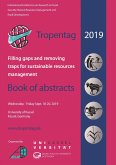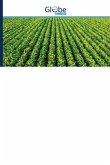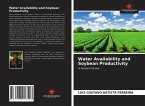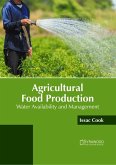Soybean crop (Glycine max L.) is the main agricultural activity in Paraná State, the second largest producer in Brazil. Among the State soybean producing regions, the West stands out with 21% of the production. Several studies indicated that the El Niño Southern Oscillation (ENSO) and Pacific Decadal Oscillation (PDO) events influence the pluviometry in Brazil and Paraná State. The objective of this dissertation was to evaluate climatic variability and water availability on soybean yield in the West of Paraná. This work studied the historical precipitation series of the Water Institute of Paraná State from ten municipalities of the region, with daily data from 1977 to 2015. The effects of ENSO during El Niño and La Niña phases on the interannual rainfall variation, and PDO on the precipitation decadal cycles were assessed in the region. Soybean yield and microclimate analyses were based on a field experiment conducted in the municipality of Guaíra from 2010 to 2014, with an automatic meteorological station installed at the center of the experimental area. The results showed dry spells risks could reach up to 20% in November, whereas October and December presented the lowest risks.
Hinweis: Dieser Artikel kann nur an eine deutsche Lieferadresse ausgeliefert werden.
Hinweis: Dieser Artikel kann nur an eine deutsche Lieferadresse ausgeliefert werden.








